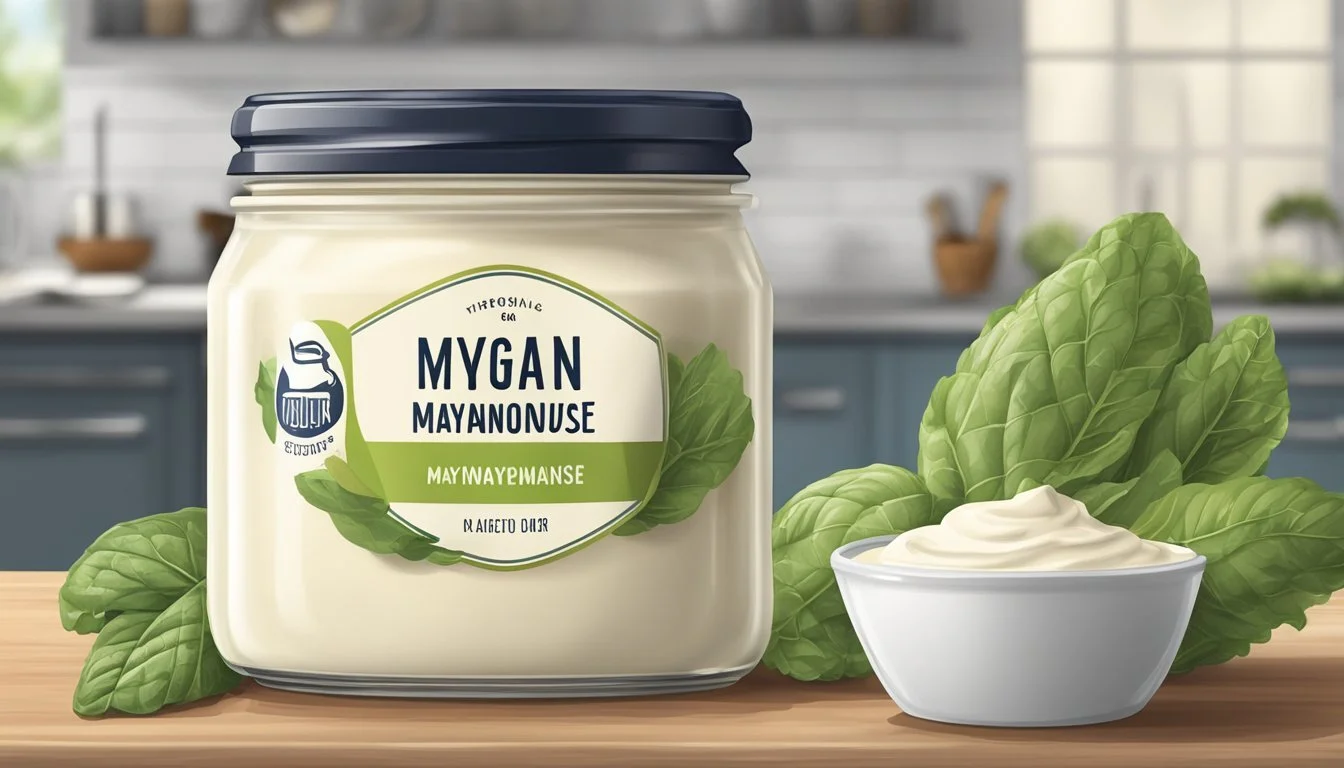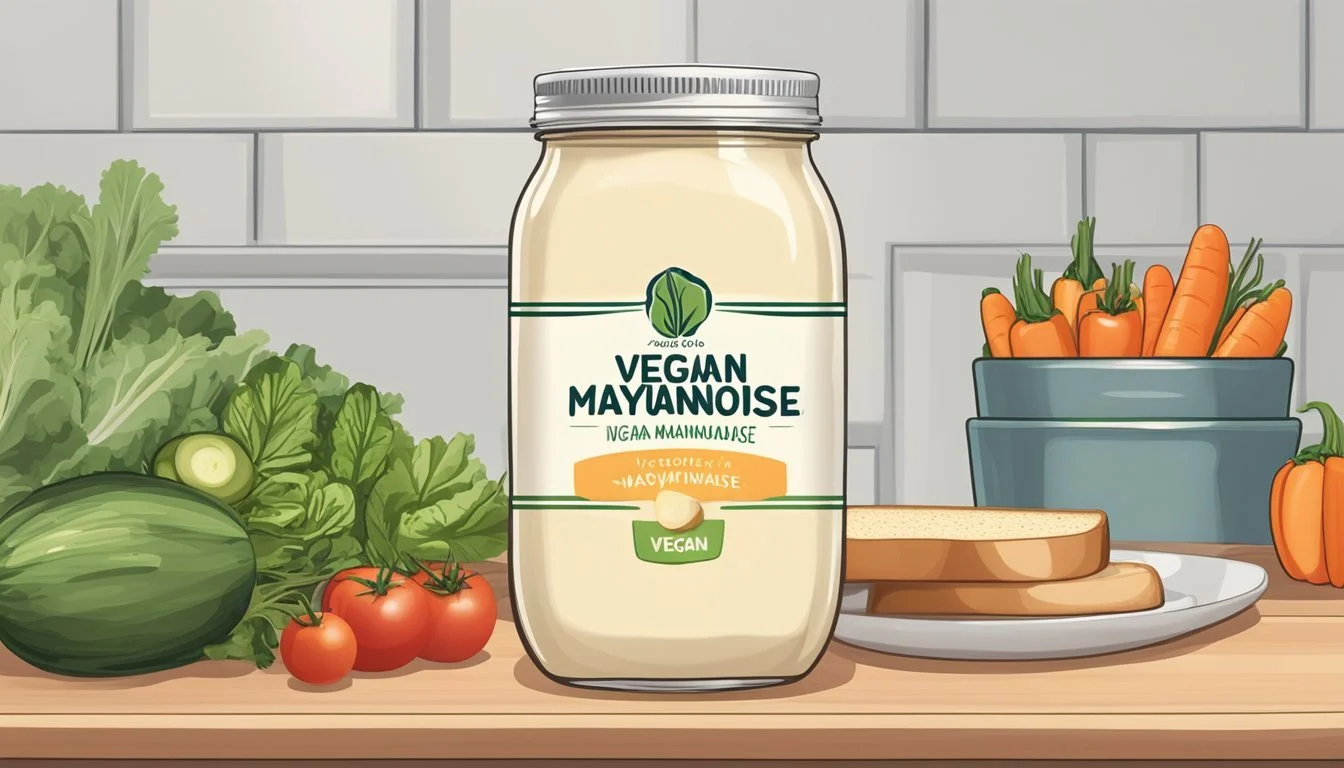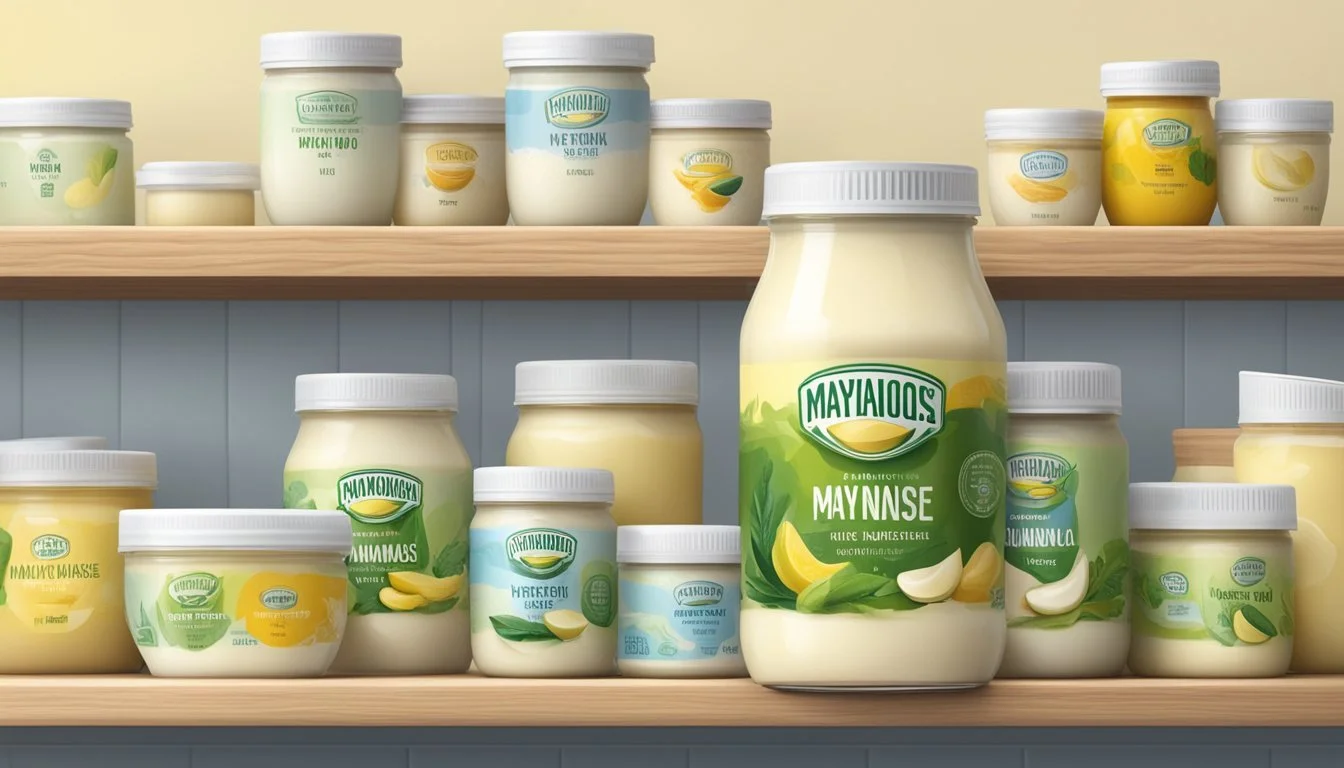Does Vegan Mayonnaise Go Bad?
Shelf Life and Storage Tips
Vegan mayonnaise, a popular alternative to traditional mayonnaise, often sparks curiosity about its shelf life and stability. Yes, vegan mayonnaise can go bad, and recognizing the signs of spoilage is crucial to ensure its safe consumption. By understanding how to store this plant-based condiment and identifying when it has outlived its freshness, you can enjoy its health benefits without the risk.
Unopened jars of vegan mayo generally have a long shelf life, sometimes extending several months past the best-by date if stored appropriately. Consumers should be vigilant about checking for changes in smell, appearance, or texture, which are clear indicators that the mayo has spoiled.
The absence of eggs in vegan mayo, replaced by ingredients like oil, vinegar, and plant-derived proteins, often means a longer shelf life compared to its egg-based counterpart. This characteristic makes it an appealing choice for health-conscious individuals looking for a durable and versatile addition to their kitchen arsenal.
Understanding Vegan Mayonnaise
Vegan mayonnaise offers a plant-based alternative to traditional mayonnaise, using different ingredients that affect its taste, texture, and nutritional value. It's crucial to explore these differences to understand how vegan mayo stands apart.
Ingredients and Alternatives
Vegan mayonnaise does not include eggs and typically utilizes plant-based ingredients. Common ingredients are oil, vinegar or lemon juice, mustard, salt, and aquafaba (water from chickpeas) or soy milk. These ingredients help achieve a texture and flavor similar to traditional mayo.
Homemade vegan mayo often uses simple ingredients like oil, vinegar, lemon juice, mustard, and salt. It's an easy alternative for those who prefer natural and preservative-free versions. Various brands offer commercial vegan mayo with additional stabilizers and flavoring agents to improve shelf life and taste.
Comparison With Traditional Mayonnaise
The most significant difference between vegan mayo and traditional mayo is the absence of eggs in the former. Traditional mayonnaise uses eggs as an emulsifier, which gives it a creamy texture. Vegan options replace eggs with ingredients like aquafaba or soy milk.
Vegan mayo tends to have lower cholesterol levels since it contains no animal products. However, it can still be high in saturated fats depending on the type of oil used. Both types of mayonnaise serve similar culinary purposes but may differ in taste and texture based on the ingredients used.
Nutritional Profile
Nutritionally, vegan mayonnaise can vary widely based on the brand and specific recipe used. Calories and fat content can be similar to traditional mayo, especially if oils like canola or safflower are used. However, the lack of eggs means it generally has no cholesterol.
The protein content in vegan mayo may be lower due to the absence of eggs. Sodium content can also vary, with some brands including added salt for flavor. Reading labels for ingredients and nutritional information can help choose the best option for health and dietary preferences.
Shelf Life and Expiration
Vegan mayonnaise, like any food product, has a shelf life that varies depending on whether the container is opened or unopened. It's important to recognize the signs of expired vegan mayo to ensure safety and quality.
Unopened vs. Opened Containers
Unopened Vegan Mayo: When stored in a cool, dark place, an unopened container of vegan mayonnaise typically lasts 6 to 12 months past the "best by" or "use by" date. The manufacturer seals the container to avoid exposure to air and moisture, which helps preserve its freshness and quality.
Opened Vegan Mayo: Once opened, vegan mayo's shelf life shortens considerably. Proper storage in the refrigerator, maintaining a temperature between 36-41° Fahrenheit, can help extend its life to 2 to 3 months. Always ensure the lid is tightly sealed after use to prevent contamination and spoilage.
Recognizing Expired Vegan Mayo
Look and Color: Check the texture and appearance. Discoloration or any separation of oil are common indicators of spoilage.
Smell: An off smell or unusual odor means the mayo has likely gone bad. Fresh vegan mayo should have a mild, consistent aroma.
Texture: If the mayo becomes excessively watery or lumpy, it may be time to discard it. Separation is another sign that the ingredients are no longer stable.
Regularly inspecting these aspects helps maintain food safety and ensures the mayo remains palatable and safe to consume.
Proper Storage Techniques
Proper storage of vegan mayonnaise is critical to maintaining its quality and preventing foodborne illness. This section will explain the ideal storage conditions and ways to prevent spoilage and contamination.
Ideal Storage Conditions
Store-bought vegan mayo should be kept in a cool, dark place before opening and transferred to the fridge promptly after opening. The refrigerator temperature should be maintained between 35°F to 40°F (1.7°C to 4.4°C).
Homemade vegan mayo requires even stricter conditions due to the lack of preservatives. Always refrigerate it immediately after preparation and use an airtight container to prevent exposure to air and moisture.
Room temperature can contribute to bacterial growth, significantly reducing the lifespan of the product. Storing vegan mayo outside the fridge, even for short periods, can negatively impact its quality. Always ensure the container is tightly sealed to maintain freshness and prevent external contamination.
Preventing Spoilage and Contamination
Preventing spoilage involves clean handling and proper sealing. When using vegan mayo, use a clean spoon every time to avoid cross-contamination. Always reseal the container tightly after each use to keep out unwanted bacteria and mold.
Be mindful of the environment where the mayo is stored. Avoid placing it near the fridge door, where temperatures can be less stable due to frequent opening. Instead, store it in the main compartment, where temperatures remain consistent.
For homemade mayonnaise, consider making smaller batches to ensure it can be used within a safe time frame. Additionally, label containers with the date of preparation to track freshness, avoiding prolonged usage beyond recommendable periods.
By adhering to these practices, both store-bought and homemade vegan mayo can be enjoyed safely and at their best quality.
Homemade Vegan Mayo Considerations
Creating homemade vegan mayo involves specific techniques and careful selection of ingredients to ensure freshness and quality. Attention to detail in preparation can significantly impact the final taste and texture.
Creating Homemade Vegan Mayo
Homemade vegan mayo requires a few essential ingredients: oil, vinegar or lemon juice, and a plant-based liquid like aquafaba or soy milk. The choice of oil, such as a neutral vegetable oil or a combination with olive oil, affects the final flavor and texture.
Using a food processor or an immersion blender ensures that the emulsion forms correctly. Slowly adding oil to the mixture while blending creates a smooth and creamy texture. The inclusion of acidic components like vinegar or lemon juice not only enhances flavor but also plays a crucial role in stabilizing the emulsion and extending the shelf life to some extent.
Freshness and Quality
Homemade vegan mayo should be stored in an airtight container in the refrigerator to maintain freshness. Unlike store-bought versions, homemade mayo lacks preservatives, which affects its shelf life. Typically, homemade vegan mayo lasts for 7 to 10 days in the refrigerator.
Inspecting the mayo before use is essential for ensuring quality. Changes in color, texture, or smell may indicate spoilage. Using fresh, high-quality ingredients also affects the end product's taste and texture. Regularly tasting and checking the mayo helps in maintaining its quality. If there is any uncertainty about its freshness, it is advisable to err on the side of caution and prepare a new batch.
Usage Tips and Recommendations
Vegan mayonnaise, like Vegenaise and Just Mayo, offers versatility in numerous culinary applications. Proper usage can enhance flavor and minimize waste while prioritizing food safety.
Incorporating Vegan Mayo in Cooking
Vegan mayo works well as a base for various dressings and sauces. Mix it with herbs, garlic, or lemon juice to create flavorful salad dressings.
For sandwiches, spread a thin layer of vegan mayo for moisture and enhanced taste. It's also useful for binding ingredients in recipes such as chickpea salads or coleslaw.
Vegan mayo can thicken dips, and adding seasonings like dill or paprika creates unique flavors. It works in place of eggs in potato salad, maintaining a creamy texture without compromise.
Minimizing Waste and Maximizing Flavor
To minimize waste, store vegan mayo in an airtight container in the refrigerator, maintaining temperatures between 36-41° Fahrenheit. Sampling before use ensures freshness.
Experimenting with small batches in different recipes can prevent spoilage and explore new tastes. Use opened jars within 2 to 3 months to maintain quality and safety.
Labeling containers with open dates ensures the best use timeframe. Incorporating vegan mayo into less common dishes, like gluten-free wraps or vegan burgers, broadens your culinary palette and reduces wastage.
Factors Affecting Degradation
Several factors influence the degradation and spoilage of vegan mayonnaise. Understanding these elements helps in proper storage, ensuring the product remains fresh and safe to consume.
Chemical Preservatives and Additives
Chemical preservatives such as calcium disodium EDTA and potassium sorbate play a crucial role in extending the shelf life of vegan mayo. These additives inhibit the growth of bacteria and mold, thereby slowing down spoilage.
Calcium disodium EDTA is particularly effective in preventing the oxidative degradation of oils, a key ingredient in vegan mayo, by binding metal ions which can catalyze the oxidation process. Potassium sorbate, on the other hand, prevents yeast and mold growth. Without these additives, the product would degrade more rapidly, especially once opened and exposed to air.
Impact of External Factors
External factors like temperature, air, and light significantly impact the degradation rate of vegan mayo. Refrigeration is imperative for maintaining freshness, especially after the container has been opened. High temperatures can accelerate the spoilage process by promoting bacterial growth and increasing the rate at which oils degrade.
Exposure to light and air can also lead to oxidation, further deteriorating the quality of the mayo. Proper packaging and using opaque containers help minimize light exposure. Airtight containers are essential to reduce the amount of air that comes into contact with the product, thereby maintaining its integrity. Storage conditions must be carefully controlled to extend the shelf life of vegan mayonnaise.






